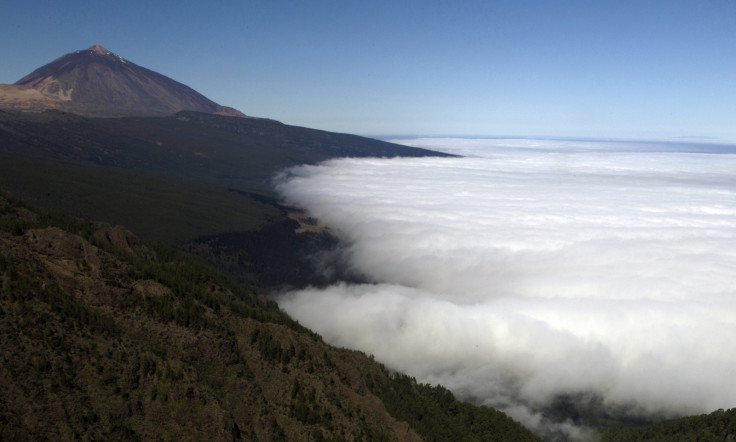Tourists heading to Spain's Canary Islands receive warning over natural calamity
Canary Islands is one of the most popular holiday hotspots in Spain

Tourists heading to Spain have received a travel warning after the country was hit by a natural calamity in the past few days.
Last week, at least 10 earthquakes struck the Canary Islands, one of the most popular holiday hotspots in Spain. Out of the 10 earthquakes, three tremors were with a magnitude of at least three. These tremors affected several populated regions, according to Spain's Institute of National Geography and therefore, the extent of risk to locals in the coming days is now being determined.
At around 4 am on Sept. 4, there was a 3.1 magnitude earthquake in an area of ocean west of the islands and another in the sea between Tenerife and Las Palmas de Gran Canaria. That same day four more earthquakes were recorded in the Canary Islands which sit above the African, Eurasian and American tectonic plates and experience regular seismic activity. According to experts, tremors between 2.5 and 5.4 are often felt by people living above their epicentre but cause only slight structural damage.
Holiday warning as Canary Islands struck with 10 earthquakes in 24 hours. pic.twitter.com/xSMFiHEApz
— Project TABS (@ProjectTabs) September 9, 2023
Following the destruction caused by the wildfires in Tenerife, now earthquakes have hit the Canary Islands, which are situated off the coast of Africa. Tenerife recently suffered its worst forest fires in as long as 40 years, ruining the vacations of several travellers. Thousands of people in Tenerife were evacuated from the Canary Islands as the fires burnt on for days, as blazing ash, leaves and other debris fell from the sky.
The Canary Islands hit by a string of earthquakes this week, including at least ten in the space of just 24 hours.😮
— Mr Pål Christiansen (@TheNorskaPaul) September 8, 2023
Since Monday three tremors over three on the Richter scale rocked the area & we noticed Tenerife had a lot of seismic activity on our summer holidays.🌋 pic.twitter.com/Af2zmspUeV
The worst earthquake in Spain's Canaries in recent years was a volcanic eruption in southern La Palma in 2021, which caused damage up to £72.4 million with 7,000 people having to be evacuated and more than 3,000 buildings wrecked due to flowing lava from the Tajogaite eruption.
Canary Islands are around 100 km west of Morroco, the North African country, which has been struck by a stronger earthquake. Over 2,000 people have died, with thousands more injured and missing and the epicenter of the quake was not far from popular tourist and economic hub Marrakech.
The quake had a magnitude of 6.8, meaning it is categorised as "strong." It also struck at a relatively shallow depth, making it more catastrophic. The latest earthquake is believed to be Morocco's deadliest since 1960 when a quake killed more than 12,000 people.
As per the WHO, more than 300,000 people have been affected in Marrakech and surrounding areas. Historic sites have been damaged, but the hardest-hit areas are those nearest to the Atlas Mountains. The situation at present is not great in Morocco as many people in destroyed villages are reporting a lack of vital supplies, including of food, water and shelter
© Copyright IBTimes 2024. All rights reserved.






